DM168 CLIMATE CRISIS
Eastern Cape ravaged by double disaster of drought and poor municipal administration
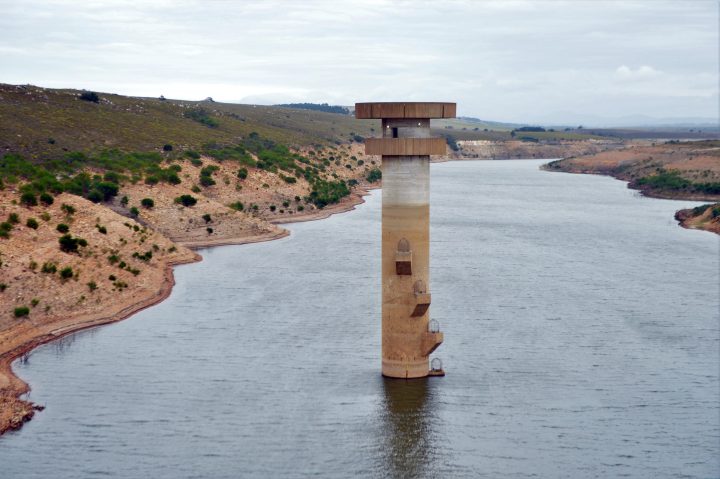
Drought continues to ravage the province, with the clock ticking towards Day Zero in most areas. In fact, in many small towns and villages, the taps have been dry for years. It’s a humanitarian disaster largely aggravated by poor administration.
First published in the Daily Maverick 168 weekly newspaper.
A severe drought coupled with a disastrous lack of planning means Eastern Cape communities face a daily struggle to access water. With combined dam levels at just more than 50% of capacity, large parts of the province remain in the grips of a devastating drought and, despite some recent rainfall, dams supplying Nelson Mandela Bay, the province’s economic hub, as well as surrounding Karoo and seaside towns, have run dry – or are fast running dry.
Even where the drought is less severe, decades of bad planning and neglect, a failure to spend drought grants and large infrastructure projects such as dams being put on ice have led to an unprecedented water crisis.
In Adelaide, where the dam has been dry for a number of years, Mohammed Ganget, a volunteer for Gift of the Givers and the town’s shopkeeper, summarises the situation with a simple story: “When you get out of the house in the morning, people have already lined up their buckets overnight in the hope of getting some water from tanks.
“The dam is still completely empty. Municipal water is now a temporary thing – maybe for an hour or so a day. We are carting water to the people and filling up tanks.”
Sputnik Ratau, spokesperson for the Department of Water and Sanitation, said some parts of the Eastern Cape had received good rainfalls, “but could not make a significant impact on the catchment.
“Nelson Mandela Bay Metro and the Sarah Baartman District received coastal rains that could not go to the dams, but instead ended up in the sea.” He added that his department “remained confident” that Nelson Mandela Bay would not reach “Day Zero”, the point at which municipal water would be shut off. “There are 201 drilled boreholes and some of them are complete to supply water to the communities of Nelson Mandela Bay,” he said.
However, as the metro points out, these boreholes have not yet been connected to the water reticulation system because of a funding dispute with National Treasury.
Ratau said Amathole District Municipality was still experiencing drought, especially in Butterworth, but the department – in collaboration with Rand Water as an implementing agent – was providing 10 water tankers to distribute water to the communities of Mnquma Local Municipality.
The government’s assurances seem misplaced as large parts of the Eastern Cape continue to wait for rain and political shenanigans and decades of bad planning see fragile infrastructure crumble.
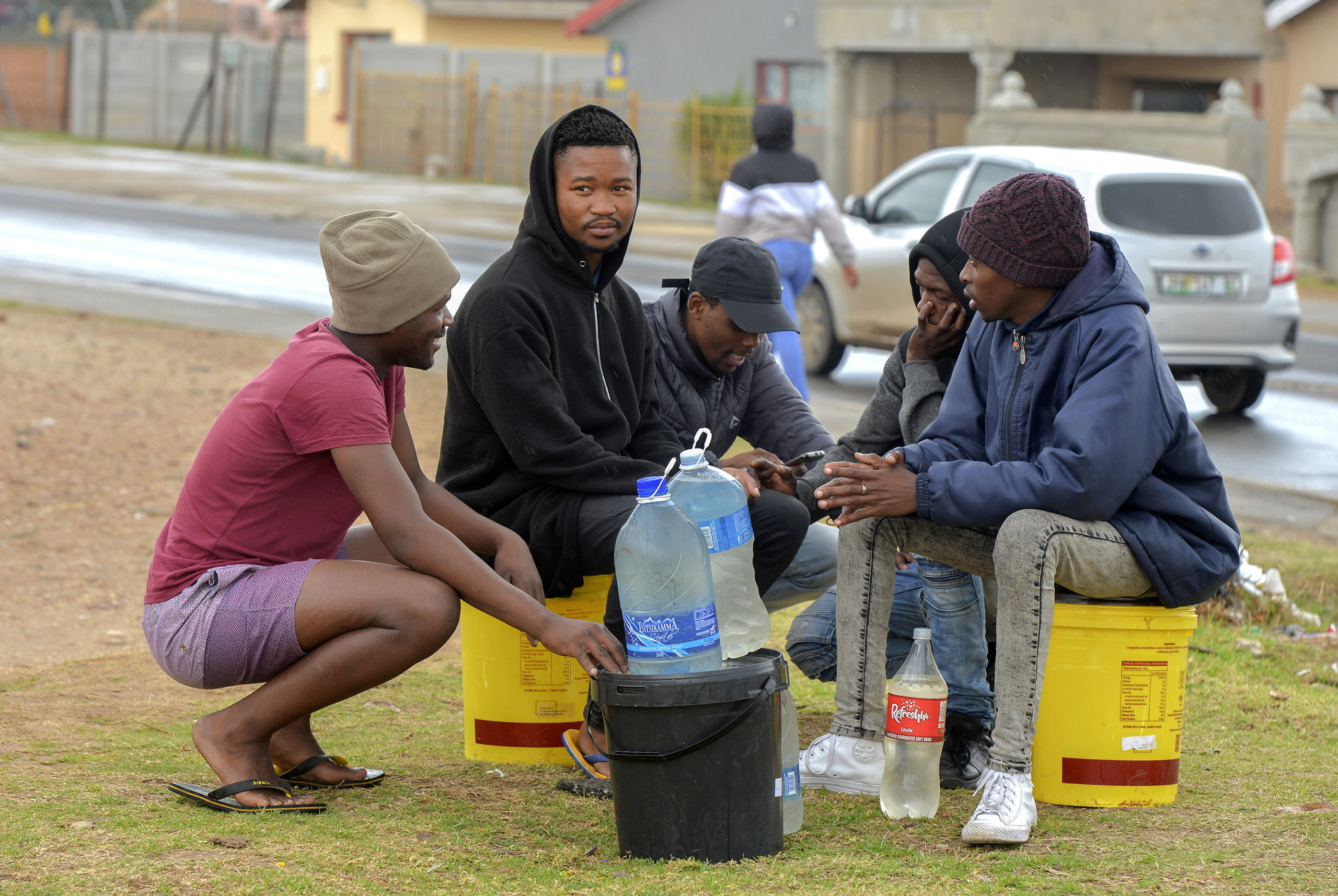
Residents of Gqeberha in the Eastern Cape collect water from a broken drain during water outages. (Photo: Donna van der Watt)
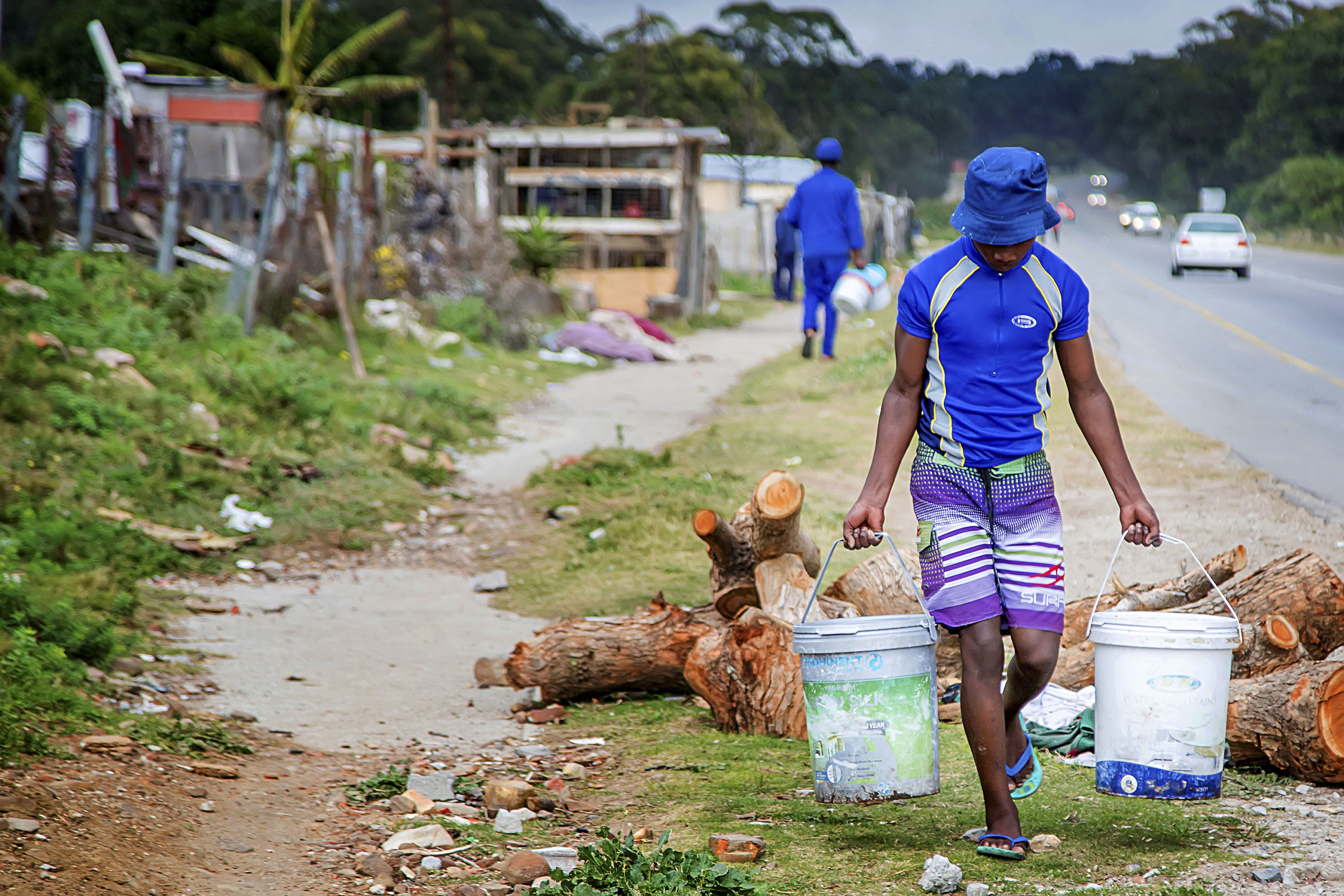
A settlement resident collects water from one of the only two public taps available. (Photo: Donna van der Watt)
Dr Imtiaz Sooliman from Gift of the Givers, which has been involved in water-crisis relief in the province, said they were reviewing the state of the emergency boreholes that were sunk to get some water to communities.
“We may have to upgrade and even add additional filtration systems… In Makhanda, we have brought in a 34,500l water tanker courtesy of Coca-Cola. We are discussing with the municipality how to use all of our seven boreholes at Waainek to pump them into the Waainek reservoir. We are also trying desperately to make contact with Rhodes University to make maximum use of the three boreholes in the various communities and set up JoJo tank points.”
He said they were looking to help provide water to the hospitals in Bedford and Adelaide.
“Cala Hospital [in the Sakhisizwe Local Municipality] is in crisis. We have sent the water team there to see what we can do. In Graaff-Reinet, we are looking at expanding water supplies to Adendorp; a farmer has offered us one of the boreholes on his farm at no cost.
“We have drilled boreholes at three schools in Gqeberha and upgraded the plumbing system at five schools.
“We are also in discussion with the Nelson Mandela Bay Business Chamber to upgrade the plumbing for another 20 schools in the area,” Sooliman said.
Dr Mmaphaka Tau, the head of the national disaster management centre, wrote in a letter that the drought in the province was being aggravated by a number of factors, including a lack of integrated water services and development planning, poor water resource management, water losses through water leaks, vandalism and theft of water, as well as poor governance and financial management.
The current situation in the Eastern Cape is a stark reminder of how plans to address climate change have failed.
In 2011, Mcebisi Jonas, then economic development MEC, called a meeting to discuss a strategy to deal with the effect that climate change could have on the province.
“The response strategy predicts that some of the effects of these challenges could include major loss of livestock, grazing, crops and infrastructure. These would threaten financial sustainability, existing commercial and subsistence farming operations and rural livelihoods,” Jonas said at the time.
The SA Weather Service’s Garth Sampson said 2020 had been a good year for rain over the eastern half of the province, but the western side had still not received much rain. Fort Beaufort, for example, had had the wettest year on record in the past 20 years.
He said their models predicted above-normal rainfall for the summer rainfall season of the Eastern Cape, more predominantly in the eastern half for 2021. Sampson said Gqeberha had failed to hit the 600mm mark for the fifth year in a row and that the 20-year average had dropped to below 600mm.

For the past six years, Impofu dam caretaker Freddie Leander has watched dam levels drop further and further. (Photo: Deon Ferreira)
The Municipal Crisis
Nelson Mandela Bay Municipality
When tempers flared after large parts of Gqeberha’s suburbs were recently left without water for three days and teams raced against time to fix a major supply line to the city, the municipality posted a single image to social media of a man crawling in a pipe with no space to spare.
He was one of many plumbing teams fighting a losing battle against massive water losses in the city, due to years of neglect and political instability.
Nelson Mandela Bay won about six weeks of grace when some rain fell in its catchment areas. But, with just more than 4% of water left in the Kouga Dam, its biggest supply dam, municipal officials were counting the days to the 3.1% mark, at which point extraction will stop.
The total water available to the largest metro in the province – and its economic hub – is 11.51% of capacity, with recent rains having boosted the Impofu Dam to 16.02%.
About 55% of the city receives water from the Orange River through the Nooitgedacht scheme. At least one large township, Kwanobuhle, plus a large industrial area, will be left without water when the Kouga Dam runs dry, but many of the metro’s affluent suburbs are predicted to follow soon after once the smaller supply dams run dry too.
Barry Martin, the metro’s director of water and sanitation, said while ratepayers were only charged for actual usage through their water meters, they also paid “associated availability charges” that would continue once the water ran out and water trucks had to bring water to the suburbs.
Years of political instability have damaged the metro’s drought response.
Martin said earlier this month that the Kouga/Loerie system was expected to start running dry towards the end of August, but rain had bought the metro some time.
Millions of rands were spent to drill boreholes under one of the previous administrations. The boreholes, however, were never connected to the water infrastructure so the emergency water system cannot be used yet.
“The contractors for the installation of mechanical equipment and pipework have just commenced work,” Martin said.
Despite extensive water awareness campaigns, the metro still struggles to bring down its water consumption to a more sustainable level. In April, it was 301 megalitres (ML) a day; May was 294ML, June was 284ML and July was 281ML.
The Department of Water Affairs wants this number to be about 210ML a day.
The metro is in a race against time to fix leaks, a major contributor to high water consumption, having repaired 26,138 leaks in the past year. By doing so, Martin said they were saving around 500 to 1,000 litres a day, depending on the size of the leak.
Repairs to a major water pipe in Gqeberha recently led to sections of the city being left without water for three days. Parts had to be flown in by helicopter and teams struggled to access the pipe in difficult locations.
Martin said the water pressure in parts of the city had been reduced and disc restrictors (water-saving devices) had been fitted to domestic connections.
The Nelson Mandela Bay Business Chamber was also partnering with schools to fix leaks.
Martin added that a barge had been bought to access more water from the Impofu Dam and the Grassridge temporary treatment works had been commissioned to treat additional water from the Gariep/Nooitgedacht scheme.
In the longer term, the Coegakop Water Treatment Works was being constructed to treat borehole water and the construction of a desalination plant at Coega had been approved.
Grant funding for the Coegakop Water Treatment Works was returned to National Treasury after the city failed to spend it.
Martin explained this week that the Coegakop Water Treatment Works were very important as the borehole water needed treatment before being added to the water reticulation system as it was high in iron and manganese.
“The metro is using its own funds to implement this project now and [it] is scheduled for completion in September 2022,” Martin said.
He said they had 10 to 15 water trucks that were being used daily but they could contract 40 more “if needed”. The municipality pays between R200 and R400 an hour to rent each tanker, depending on its size. Sizes vary from 5,000 to about 20,000 litres.
The desalination plant at Coega that has been approved will likely only be ready in December 2022. Martin said water from this plant would be fit for human consumption.
For now, there is not much that can be done except to wait for rain and watch as the level of the Kouga Dam drops week by week.
“Kouga is at 4.3% and we have been informed by the operators that it can only be drawn down to 3.1%,” Martin said.
This week, large parts of Gqeberha had run out of water again after a major pipe burst on a supply line to the metro. The metro indicated that parts of Gqeberha would likely be without water until 20 August.

A resident from Rocklands in Gqeberha collects water from a municipal water tanker. (Photo: Deon Ferreira)
Amatola District Municipality
Some of the hardest-hit areas in the Eastern Cape fall under the Amatola District Municipality (ADM), which is a major water supplier to a large part of the province but is currently under administration.
Nonceba Madikizela-Vuso, a spokesperson for the municipality, said the critical areas hit by drought were Mnquma, Mbhashe and Raymond Mhlaba local municipalities. Adelaide’s Dam has been empty for years.
“Of the biggest concern are Butterworth, Kei Mouth, Adelaide and Debe Neck, where dam levels remain low. Council has been declaring ADM a drought disaster since 2015. Taps are not yet dry. However, the situation is getting worse by the week and, should there be no sufficient rain, taps will run dry soon,” Madikizela-Vuso said.
She said that unless the rains came, water supply in Butterworth would only last until October. In Kei Mouth, Adelaide and Debe Neck, “the water supply may dry sooner than that”.
Robyn Coleen Taylor, who lives at Mgwalana Resorts in Peddie, said there had been no drought relief for Ngqushwa Municipality.
“We have endless water problems in Ngqushwa as a whole because supply is way exceeded by demand and the old infrastructure is only maintained when there is a problem. There is nothing in future planning to rectify the matter,” she said.
She said residents were blamed for breaking the pipes to water their animals or fill small dams so they can drink. “But there is no future planning to help the subsistence farmers’ stock to prevent this in the future.”
The drought was also affecting the river on the Mgwalana Resort. “The fish are dying due to the lack of oxygen in the water and the saline content being so high,” she said.
According to Taylor, water was only being carted to funerals.
“Very often they say they don’t have tankers or because the infrastructure has burst pipes, they cannot get water for the tankers. The tankers are not regular and are a hit and miss,” she said.
Sonwabo Mlungu of RO Waters, a bottled water supplier in Butterworth, said former Department of Water and Sanitation (DWS) minister Lindiwe Sisulu had promised them that they would desilt (remove silt from) the Gcuwa Dam, “but that never happened”.
As a result, when the rains came, the dam had no space to hold water and there was no water in the reservoirs, he said.
“Now we get water from the Xhilinga Dam – but the water does not come through pipes, it goes with the river and that is not enough for the area,” he said.
Mlungu said there was no water in Butterworth and many businesses had had to relieve their workers as they could not cope.
“This drought is bad; I have to source water from East London, which is 100km from Butterworth. I had to increase the price to R1.50 a litre. Other people use the water that is not safe to drink coming from the boreholes,” he said.
According to Mlungu, the DWS would not work with local engineers who could help to purify the borehole water.
Amir Shaahzad, the owner of Dream Blocks in Butterworth, said it was difficult to run his business as there is no water and he was losing R10,000 a month by having to collect water around Butterworth.
“We have been running our business without water coming out of our taps since 2019. I have to take my truck and go around Butterworth looking for water in order for my employees to make block bricks,” he said.
“We dug boreholes, but even those boreholes don’t have water. It has been two years since we last had a drop of water coming out of our taps and it is difficult to grow business or hire people because our businesses are operating at a loss,” he said.
Amathole poultry farmer Zandi Zitumane said farming in the drought-stricken area was stressful: “I have 500 birds. They consume more than 250l of water daily.
“This has led us to buying water for R3,000 every day and that increases our production costs.”
Hofmeyr resident Vuyisile Blom said the water problem in the town in the Chris Hani municipality had been going on for years and nothing was being done about it.
“The most affected areas are Twinsville, Eluxolweni, Phakamisa and Sakhelisizwe areas in the township. There is no water-carting in Hofmeyr and the only person who used to use his own transport to bring water to these areas was Bhutise Landu, who is no longer working. It’s been more than three years since we last had water brought by the municipality,” he said.
Blom said there was no water in schools and this was especially bad as there were Covid-19 protocols to consider.
Cecilia Auld from the Democratic Alliance in Bedford said the towns of Bedford and Adelaide were now dependent on the Fish River for water as both town dams had run dry.
She said households were getting between nine and 10 kilolitres per household as available water had to be split with Adelaide.
Chris Hani District Municipality
The Chris Hani District Municipality covers one of the most drought-stricken areas in the Eastern Cape, with a prolonged drought that has been lingering since 2011, said municipal spokesperson Bulelwa Ganyaza.
“All local municipalities within the municipal jurisdiction are affected. Twenty villages are affected in Engcobo municipality, four villages in Sakhisizwe municipality; 25 villages in Enoch Mgijima municipality; in Inxuba Yethemba municipality only one area called Rosemead; in Intsika Yethu municipality 10 villages are affected; and in Emalahleni municipality, about 23 villages are in distress,” she said.
Ganyaza said intervention from the Department of Water and Sanitation (DWS) included water tanks and drought-relief funding.
She said interventions in the area included the drilling of boreholes, the purchase of 11 water trucks in the 2018/19 financial year, as well as the distribution of 110 tanks, with 100 more donated by Rand Water.
These had been installed in “strategic areas” across the district, she said.
“The municipality produced a Water Resource Master Plan – a document that covers the availability of surface and groundwater within the district that can be utilised for human consumption, farming and industrial use. The plan is being implemented in a phased approach. The availability of funding is the main determinant [of] progress,” she said.
And yet Oscar Mabuyane, the premier of the Eastern Cape, recently confirmed to the legislature that the Chris Hani municipality had failed to spend the drought grant money allocated to it.
“The management of the Department of Cooperative Governance and Traditional Affairs is still engaging with the Chris Hani District Municipality about its plans,” CoGTA department spokesperson Mamnkeli Ngam said.
Ganyaza said it was “not possible” to gauge groundwater supply until it had been explored. Yields, however, had gradually been dropping.
“It is also evident where a source of raw water supply is a river or a stream or a spring. You can see the water flow is dwindling.”
Ganyaza said all households had been hit hard.
She added that the municipality had used drought-intervention funding to drill and equip additional boreholes in various areas, including Dordrecht, Middelburg (Midros), Engcobo (Tshatshatsha, Mbekeni) and Intsika Yethu (Mabhentseni).
“However, borehole yield continues to drop in some parts of the district. As a result, there is not sufficient water supply for the community, which is further affected by demand.”
The Waterdown Dam has been low for the past five years and is currently at 22%. This dam feeds the Whittlesea area, where water is currently rationed, Ganyaza said.
She said water restrictions were still in place in most areas.
“According to our current tariff structure, water cost is R11.28 a kilolitre [kl]. This obviously excludes areas where water is supplied as per the RDP standard and also takes into account households that are indigent [receiving free basic water supply of 0.6kl]. According to our IDP, water services’ backlog stands at 66,429 households,” she said.
But while the plan sounds good on paper, residents are still struggling to access water.
Gwatyu resident Thembakazi Matsheke said they spent months with no water on the farms near Komani.
“Water is only carted when we start complaining and it comes to those who fight. The water they bring is not even right for human consumption,” she said.
Matsheke said children had to carry water bottles to school as there was no water for them: “We are forced to pay R150 to buy water, which is collected from the Kei River. This water is not clean but it is better than not having water at all,” she said.
She said the municipality had installed windpumps in Gwatyu but none of them were working.
Mthunzi Ntuthela, a communal farmer in Tsomo, said: “The problem we are facing now is that all water resources for animals are drying up as we have been facing the drought since 2019. The grass is dry and it is difficult for animals that are shedding their teeth to eat. This affects the quality of sheep that we have as they lose weight,” he said.
Ntuthela said they were forced to spend a lot of money to buy feed.
“There are no fields with good grass. Our animals are dying because they are eating alien plants that are poisonous for them.”
Ntuthula said ewes give birth to lambs but leave them to look for food.
He said the drought had increased unusual diseases among his flocks and had led to pregnant sheep losing their lambs.
OR Tambo District Municipality
The OR Tambo District Municipality, which is based in Mthatha, has many backlogs in ensuring that its communities have access to clean drinking water, said spokesperson Zimkhitha Manqinana.
Shortly after speaking to DM168, OR Tambo’s municipal council was dissolved by the provincial government for its failure to provide services to the community.
Manqinana said the district was hard-hit by a drought in 2016, which had been declared a drought disaster by the council.
“While still in the process of receiving those funds, the district was affected again by the drought in 2019 and it was declared a disaster in September 2019.
“While we received the funding for the 2016 disaster during the 2018/2019 financial year, we started implementing some of our water projects in all our five local municipalities affected by the drought,” she added.
She said Level 5 lockdown had put a stop to their projects during the 2019/2020 financial year.
“Everything was put on hold until we were in Level 3 lockdown. Some of our projects are not fully implemented and we are doing all we can to bring relief to all those communities that were adversely affected,” she said.
One of these projects has been flagged by a recent report by the Auditor-General as a water project that did not deliver any water to communities.
“The Department of Water and Sanitation provided water tanks to various areas in OR Tambo municipality. We are providing water trucks to those areas to ensure that those water tanks are always filled to capacity,” she said. They would continue to implement drought relief programmes “so that the communities have access to water”.
Bandile Gqwetha, a farmer in OR Tambo district, said it was not only difficult to get water for their animals; it was also a struggle to get water for themselves.
“The rivers are getting drier every day and if we don’t get rain this month all our water resources will be dried up,” he said.
Buffalo City Metropolitan Municipality
Although the Buffalo City Metropolitan Municipality, which is based in East London, had been affected by the drought and declining dam levels, it had not yet reached a level where there were areas without water, said municipal spokesperson Samkelo Ngwenya.
“It has also affected residents directly as we are now imposing water restrictions and these carry financial implications for usage and how we charge for water consumption. There has been no assistance received from external departments yet,” he said.
Ngwenya said there were “standard dam operating rules”, which had been implemented during the drought. Consumers had been advised of changes through awareness campaigns on radio, social media and via account statements.
“We are implementing water restrictions and punitive tariffs,” he said.
He said everyone in the Buffalo City metro had been affected by the drought, including vulnerable groups, such as old people.
“We have a rising block tariff structure. The cost per litre varies depending on water usage. We have an accessibility of 90% of our communities having access to water.
“However, we are also a rural metro that contains villages. So none of the broader communities are affected, besides the areas that do not have existing water infrastructure,” Ngwenya said.
Sarah Baartman District Municipality
The Sarah Baartman District Municipality, which includes large parts of the Karoo, has been very hard-hit by the drought.
“The whole district is very dry,” farmer Ernie Deyzel said. “It is the driest that I have ever seen.”
Domestic water supply in the district was interrupted earlier this month when all the boreholes stopped working.
Kouga municipality is partially dependent on the Kouga Dam and shares Nelson Mandela Bay’s supply dams.
Monique Basson, spokesperson for Kouga municipality, said it would be connecting viable boreholes to its water reticulation system to mitigate the effects of the drought. One has already been connected.
She said the drilling of exploratory boreholes was also being considered, as well as the building of a desalination plant.
“Kouga municipality is also looking for additional water sources across the region – including at Die Berg in Humansdorp,” she said.
According to Kouga Executive Mayor Horatio Hendricks, the municipality was in the process of connecting three additional boreholes at St Francis Bay, while four existing boreholes in Humansdorp and three boreholes in Hankey would also be connected.
“While residents of St Francis Bay currently use 2,616kl of water a day on average, the three boreholes will add an additional 1,000kl of water a day to the current groundwater supply of 259kl a day,” said Hendricks.
He said the average water consumption in Hankey was 1,635kl a day, of which 810kl was borehole water. The new boreholes will add an additional 510kl of water a day – giving a total of 1,320kl of water a day.
“Once connected, the four boreholes in Humansdorp will supply 400kl of water a day.”
Hendricks, however, warned that even the boreholes could run dry if water tables decline.
“As part of our efforts to manage water usage, municipal taps are turned off at public open spaces, all municipal buildings will be equipped with rainwater-harvesting tanks, and stringent measures have been put in place to ensure that the restricted allocation of 50l of water a person a day is adhered to,” Hendricks said.
Two funding applications for a total of R151.228-million for drought relief were approved by National Treasury in October 2018.
According to Hendricks, water conservation and demand management projects were focused on minimising water losses through leaks.
“Leaks at 1,878 houses in disadvantaged areas were repaired, while extra bulk meters were installed to improve water monitoring.”
In the Ndlambe Local Municipality, Municipal Manager Rolly Dumezweni said in an update earlier in August that many of the area’s electrical problems limited the amount of water – 0.5 megalitres (ML) out of a possible 0.9ML – that could be pumped from boreholes.
The Sarel Hayward Dam was empty. The 2ML desalination plant was only providing 1.6ML due to technical problems and, as a result, large parts of Port Alfred were dependent on water trucks.
In Bathurst, the Golden Ridge Dam has run dry. Water is being extracted from the river.
In the Dr Beyers Naudé Local Municipality, towns such as Jansenville and Klipplaat are dependent on boreholes and water tankers, sent from Graaff-Reinet for water. DM168
This story first appeared in our weekly Daily Maverick 168 newspaper which is available for R25 at Pick n Pay, Exclusive Books and airport bookstores. For your nearest stockist, please click here.


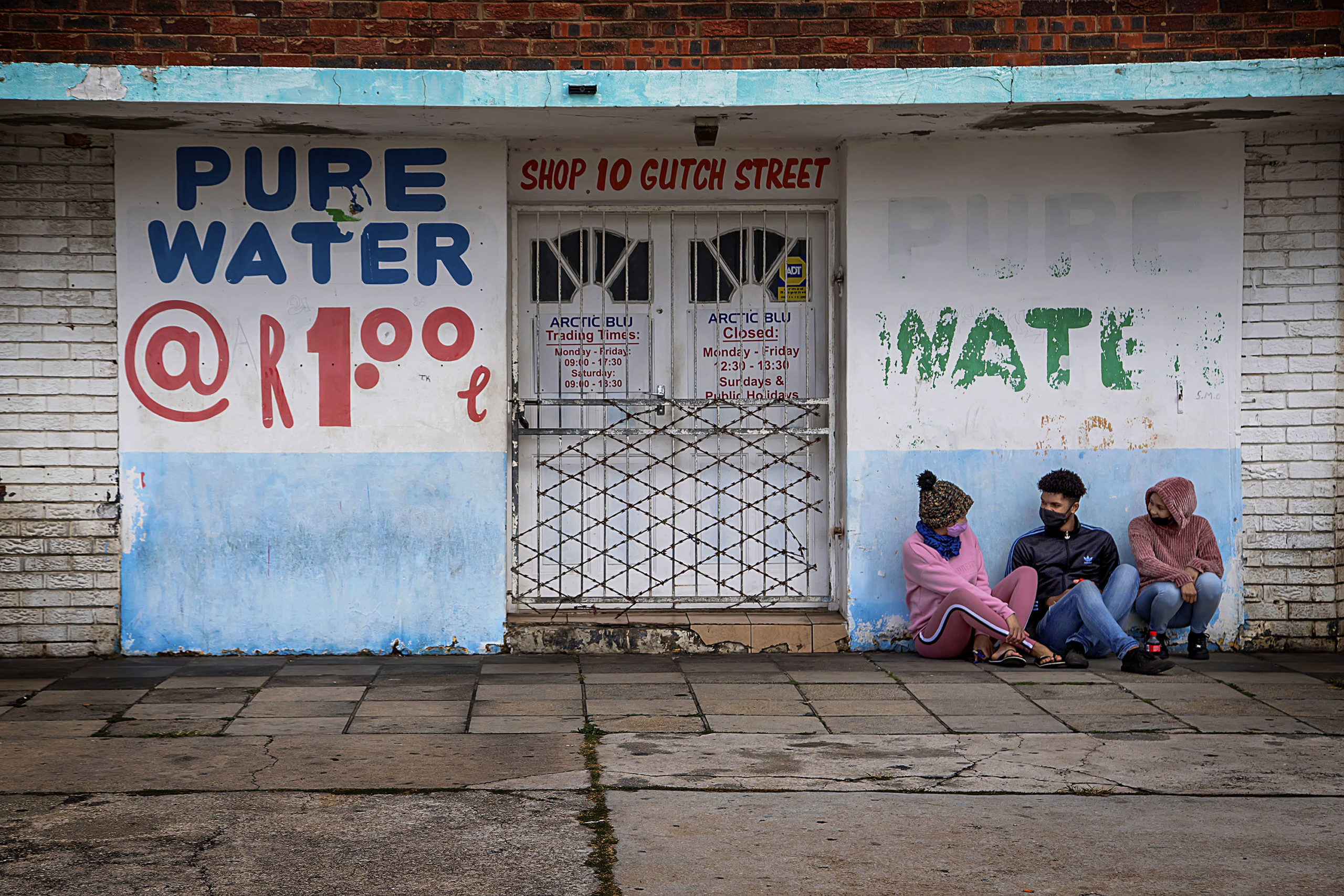
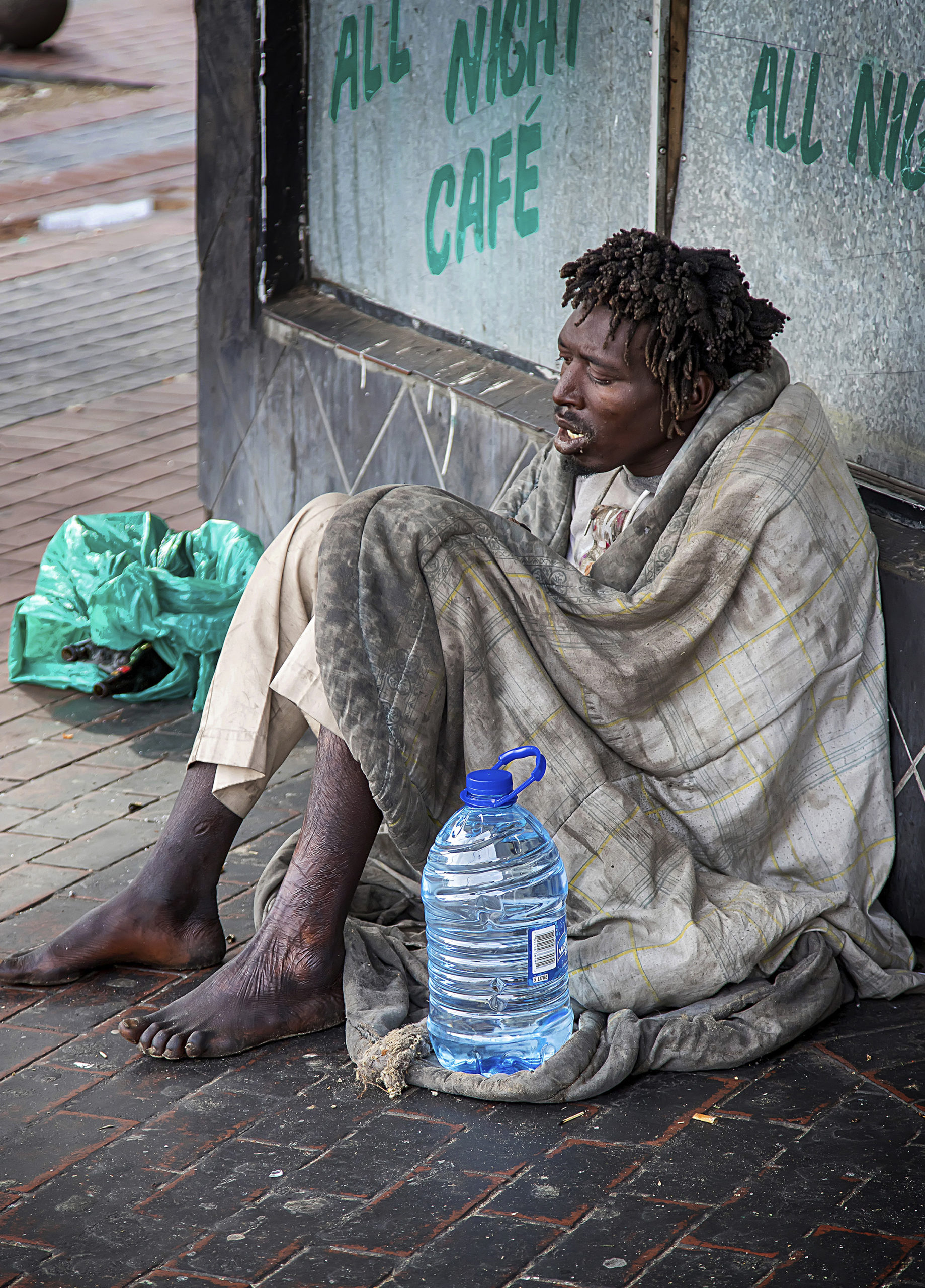
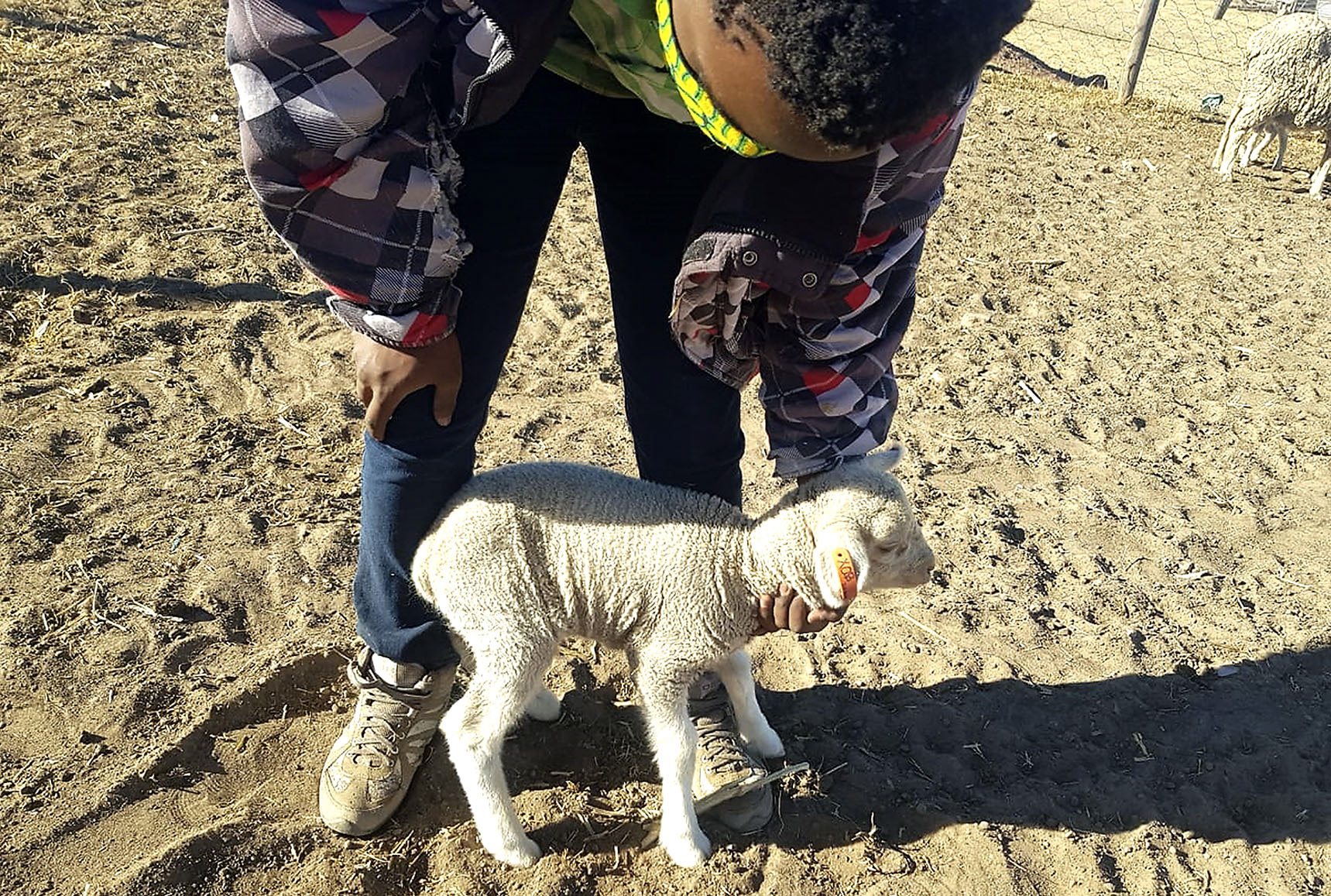
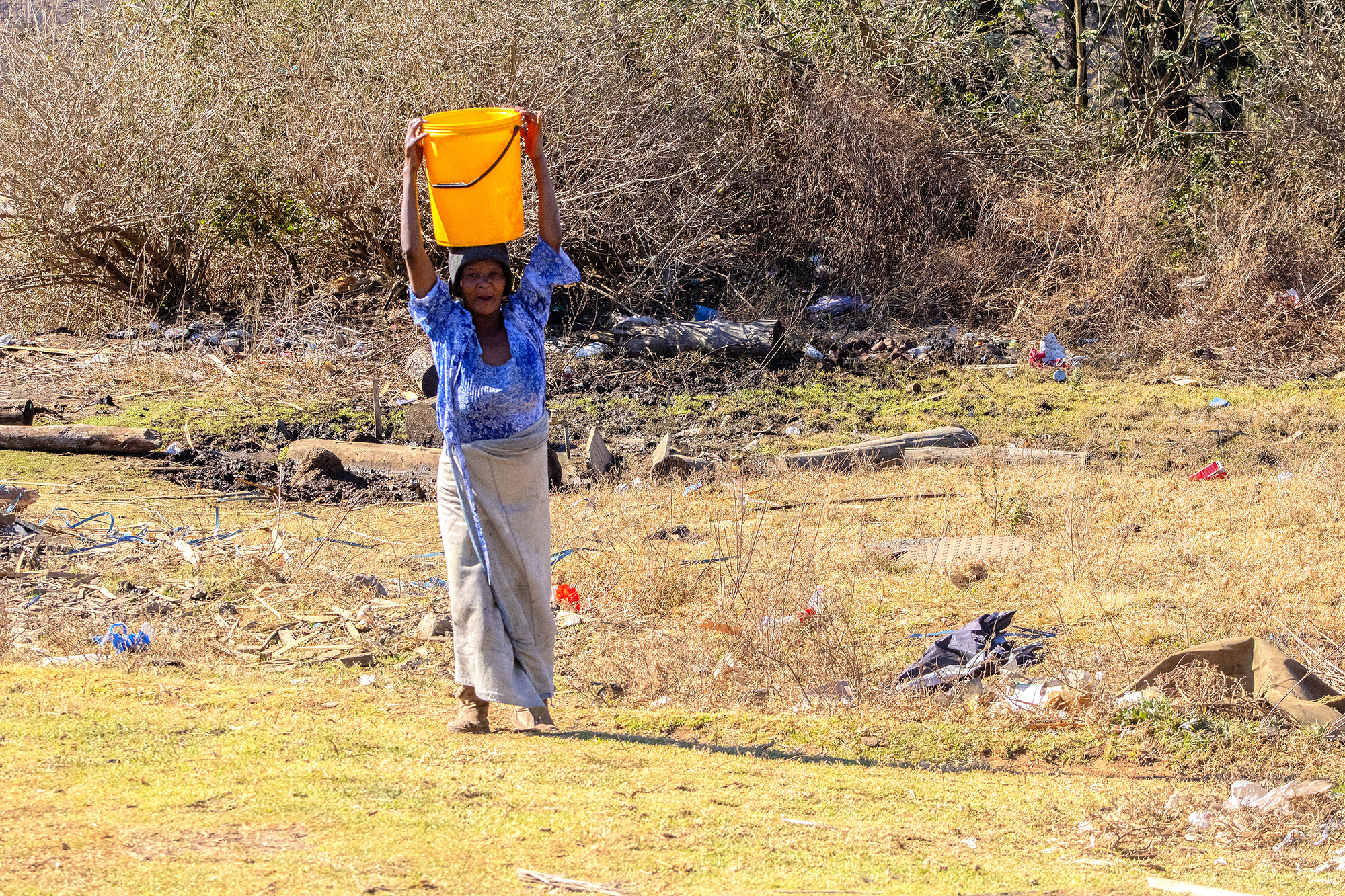
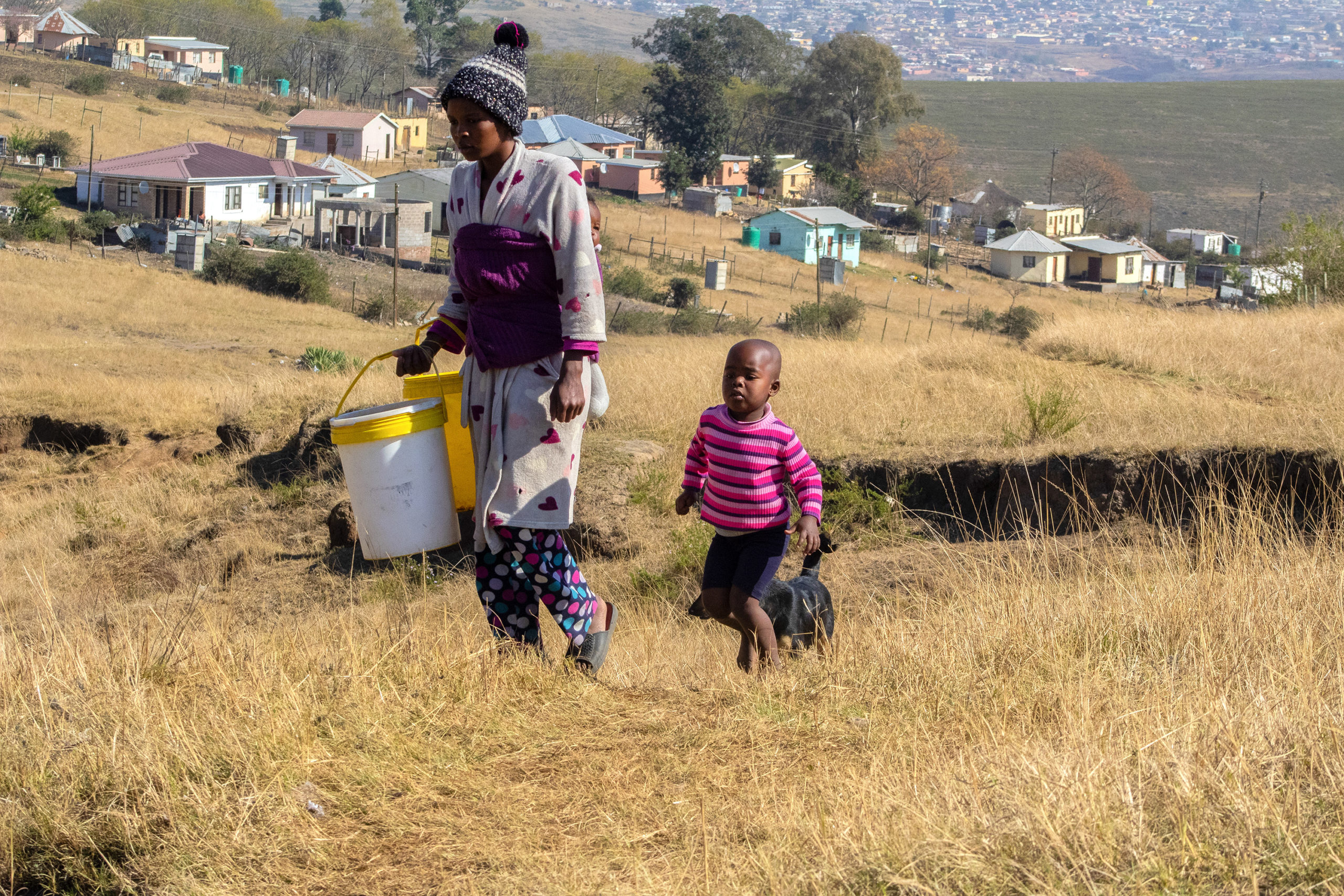
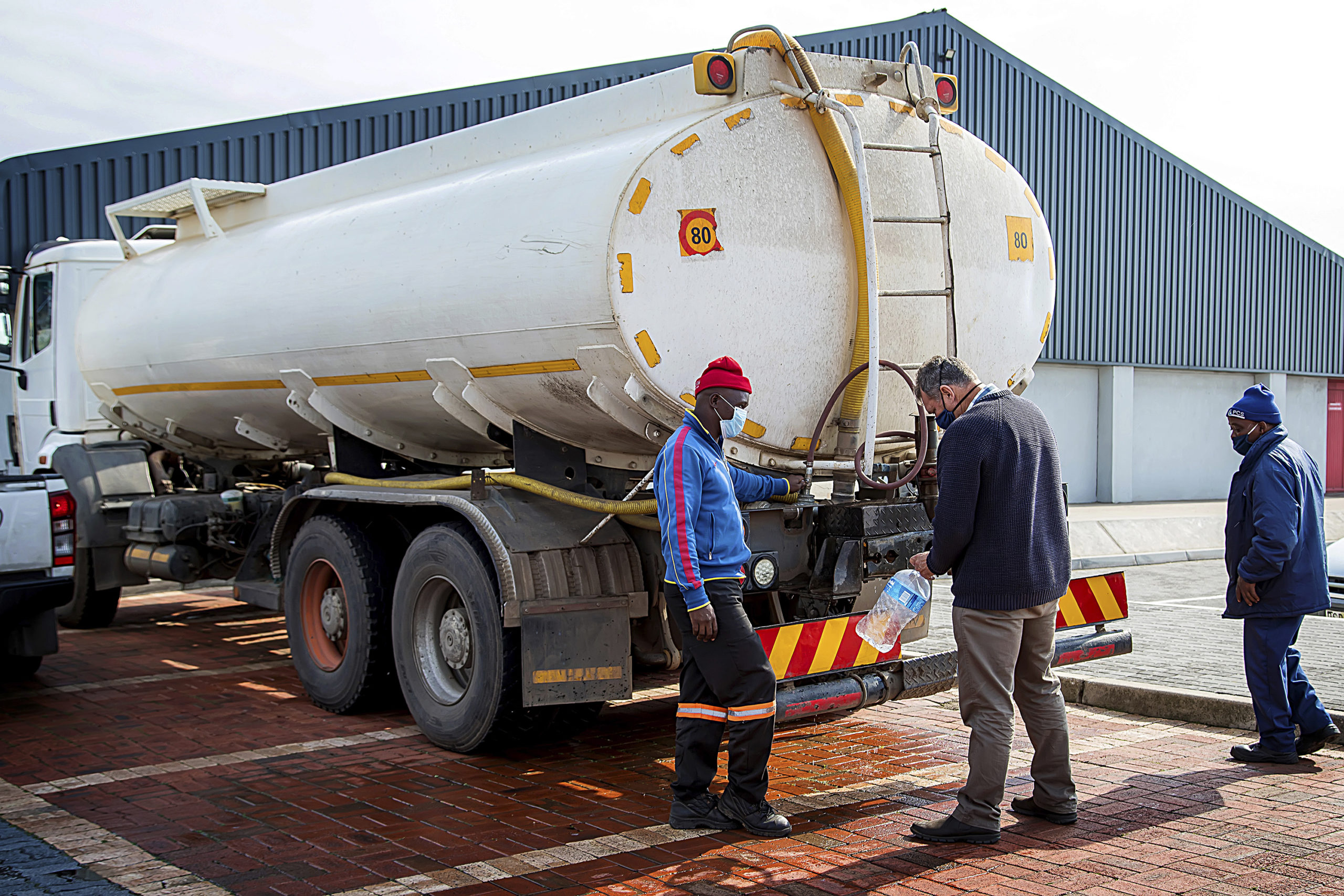
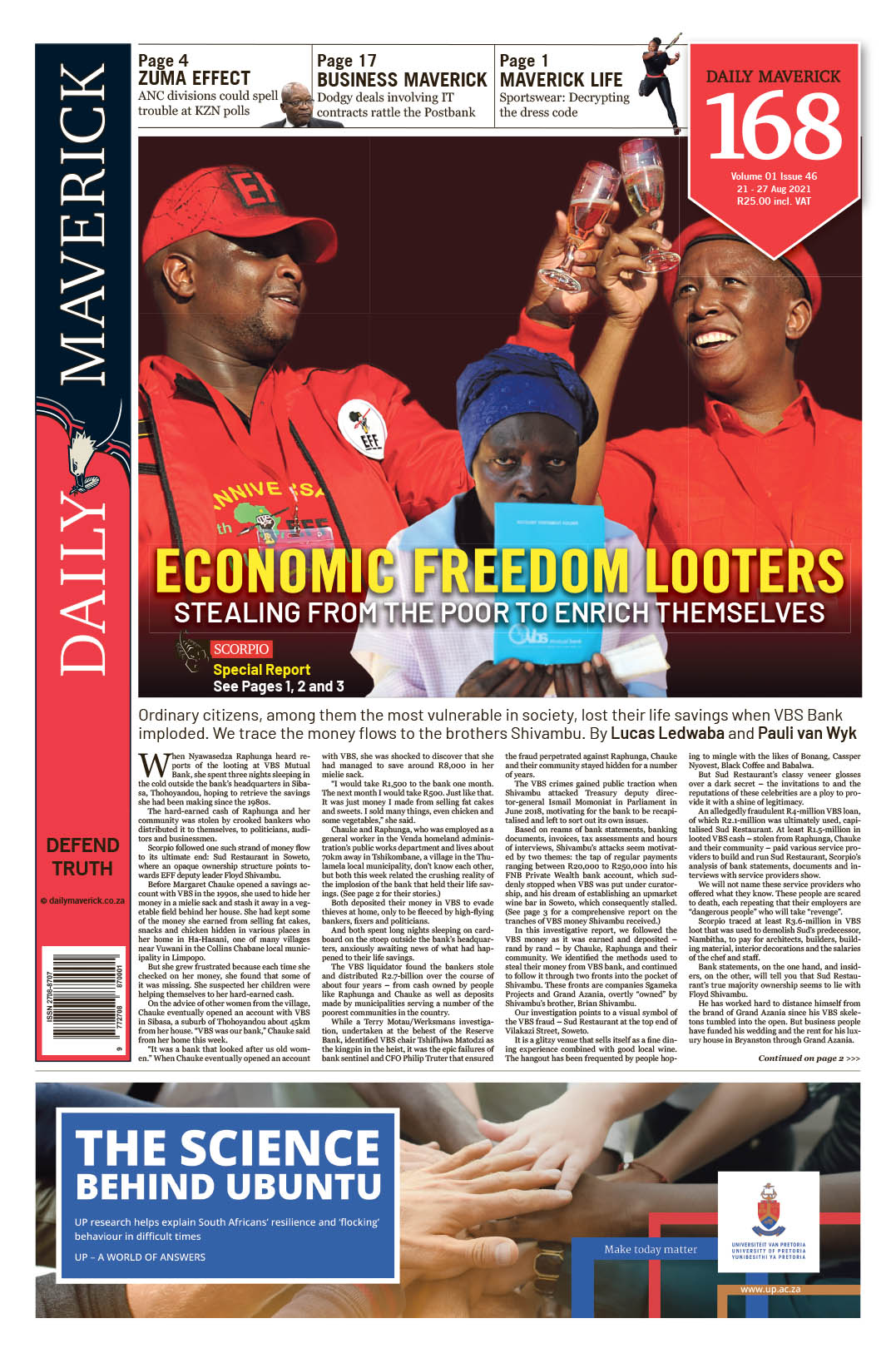








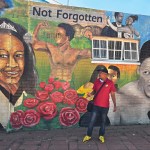











 Become an Insider
Become an Insider
And so here we are, deep in Nelson Mandela territory and it’s too much ask to get anyone to do their job.
Disaster after disaster courtesy our erstwhile gov’t. Who knows how to run a country? Please step up soon.